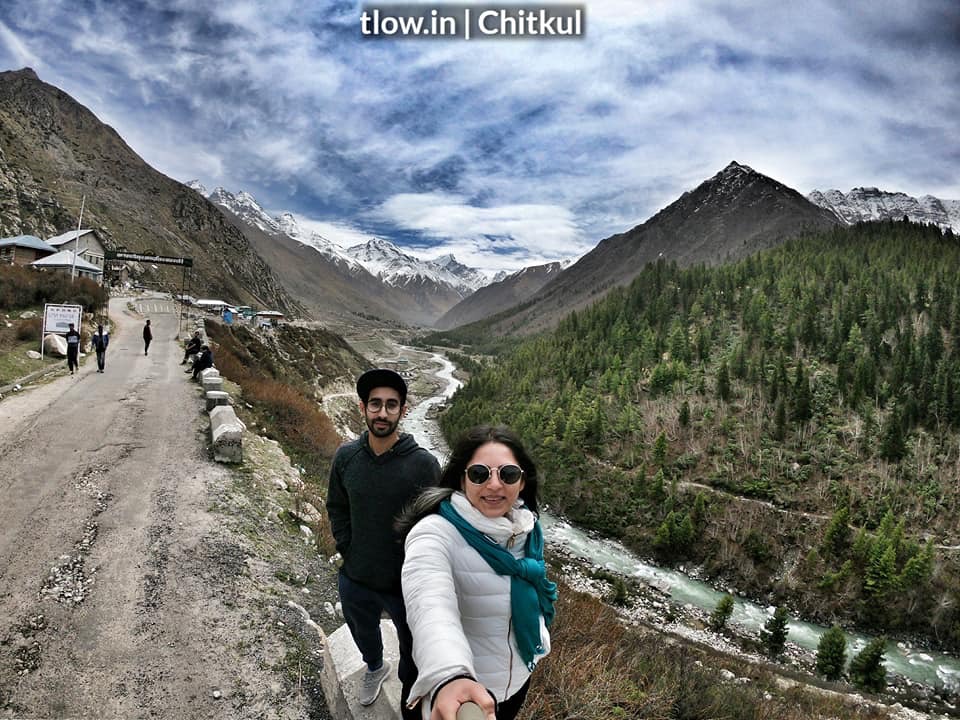
1
10 Fun facts about Chitkul, Himachal Pradesh
Chitkul (Chittkul) is a village in Kinnaur district of Himachal Pradesh. It is the last inhabited village near the Indo-China border. The Indian road ends here. During winters, the place mostly remains covered with the snow. The inhabitants move to the lower regions of Himachal. Potatoes grown at Chittkul are one of the best in the world and are very costly.
#1.Chitkul, on the banks of the Baspa River, is the first village of the Baspa Valley and the last village on the old Hindustan-Tibet trade route. It is also the last point in India, one can travel without a permit. It is 4550 metres (14,928 feet) above sea-level.
#2.Of particular interest are its houses with either slate or wooden plank roofs, a Buddhist temple and a small tower. However, there has been an increased use of tin-roofs, especially the high school and the army or ITBP barracks.
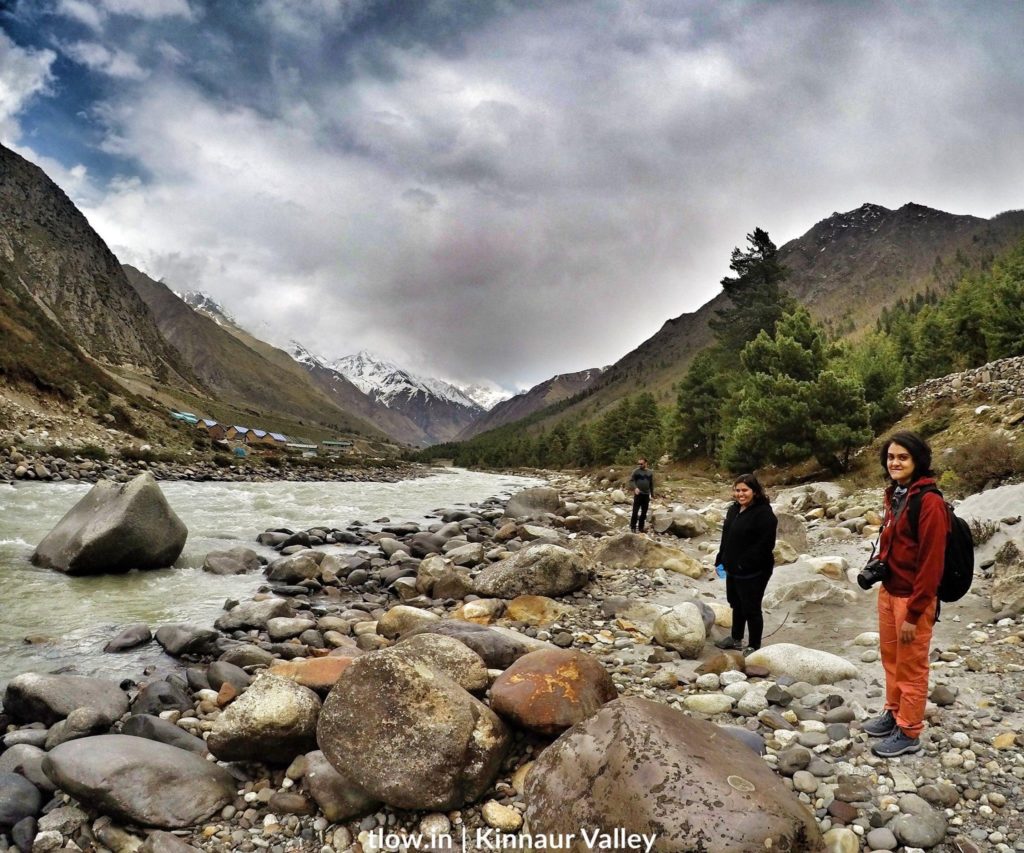
#3.The powerful goddess of Chitkul is the only non-Buddhist deity to which respect must be paid by the Parikrama pilgrims. It is believed that the local deity is related to the deity of Gangotri and till recently the locals would carry the deity to Gangotri on foot over high mountain passes. Chitkul is situated around 40 km from Karcham, the place where the road bifurcates from the Hindustan-Tibet Road.
#4.Chitkul is around 569 km from the national capital, Delhi and 28 km from Sangla. This is the last Indian village on the border with China. The road doesn’t take you till the actual border, it closes around 90 km before it and then the rest of the area is under the control of Indian Paramilitary force or ITBP.
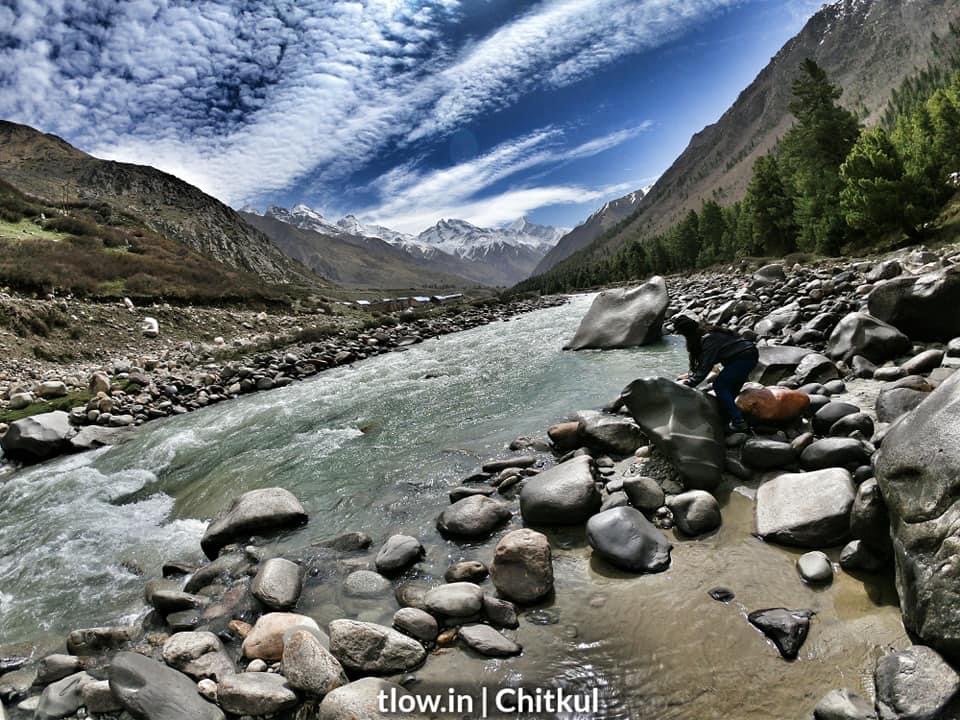
#5.There are wooden houses turned into hotels that can be found in Chitkul, these hotels are a bit expensive and most of the tourist prefer to stay at Sangla and make a day trip to this place. Sangla is close to Chitkul and hotels and camps provide a very good arrangement for living and are comparatively cheaper.
#6.The Mathi Temple is dedicated to goddess Shri Mathi, who is the local goddess of the people of Chitkul. The beautiful temple consists of the goddess made up of walnut wood and covered with clothes and decorated by a tuft of the tail of yak. The temple is said to be about 500 years old.
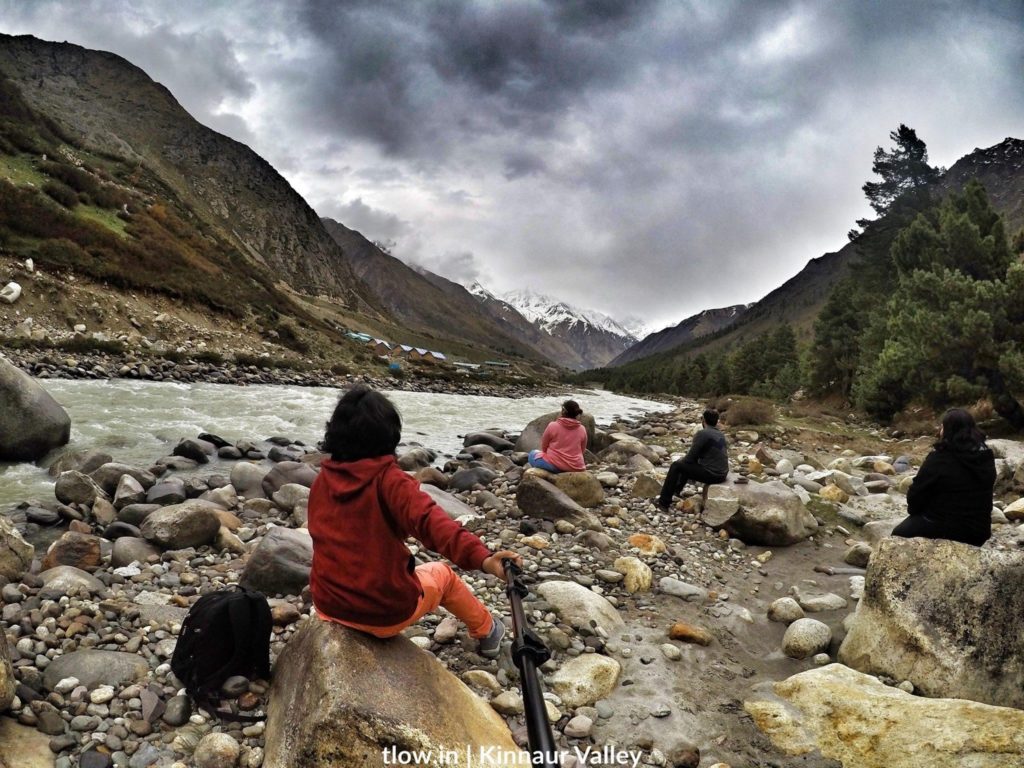
#7.While in Chitkul make sure you carry adequate cash and petrol or diesel for your car as there is no ATM facility or fuel stations in this hilly area. There is also neither a clinic nor any hospital in this area and one has to travel back to Sangla for emergencies. There is also no mobile network connectivity in Chitkul.
#8.Special care needs to be taken while travelling in this picturesque Himalayan region, especially in winters. Weather changes very rapidly and even in summers, a sudden fall in temperature may trigger winter-like conditions.
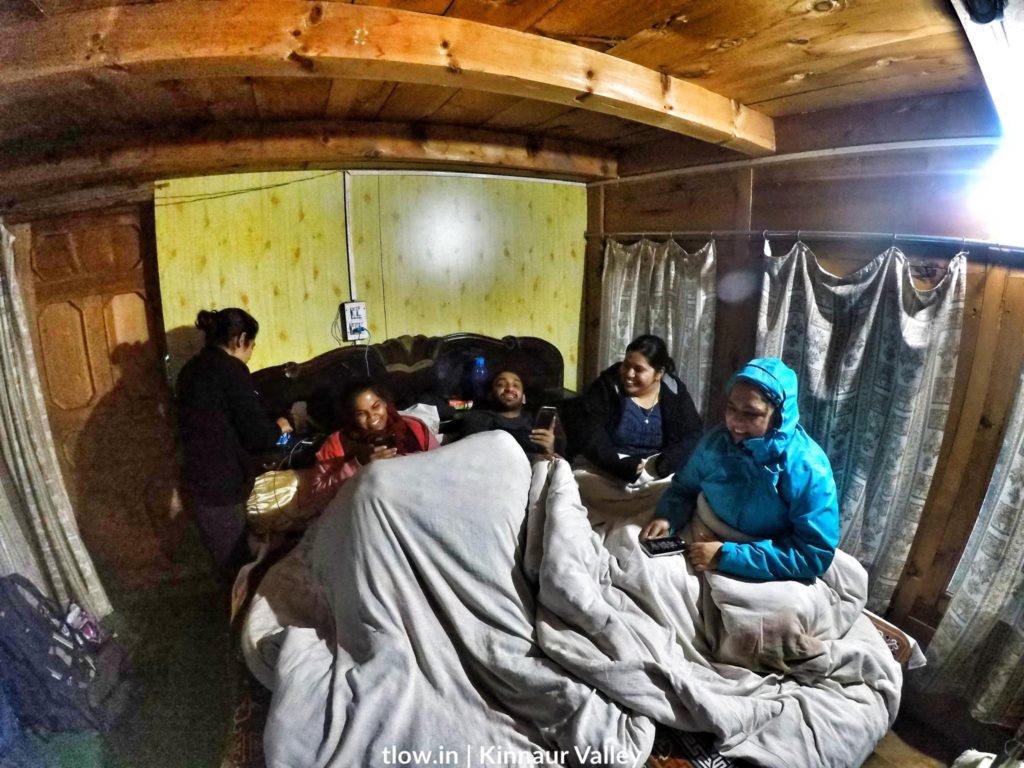
#9.There is a huge signboard put up near the Dhaba describing it as the last dhaba of India. The signboard says ‘Hindustan ka Akhiri Dhaba’, the food is tasty and the people are very friendly. Do visit this dhaba when you are in Chitkul.
#10.Chitkul might be the last and highest human settlement on the old trade route but it has some pretty interesting places to see. One of them is the hydropower flour mill which is used by the villagers who are very proud to have it. It has been created in a small settlement and hydropower is used to operate the flour mill.
–>For a similar experience, >>Click here
–>To plan a trip to Himachal Pradesh, >>Click here


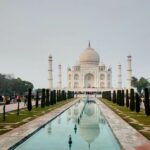
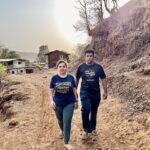
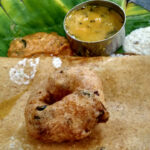
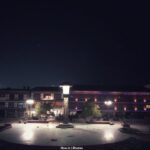





I visited Chitkul in 1996. An inner line permit was required. The road was narrow, unmetalled, one way so one waited till cleared to drive to and from the valley.
The only place to stay was the Govt Guest house in Sangla.
I stayed with the uppradhan of Chitkul.
The Sangla valley was stunning. I met a master craftsman there who was legendary for his carved wooden doors – regret not acquiring one.
I spent around 10 days in the valley doing day trips with a village guide.